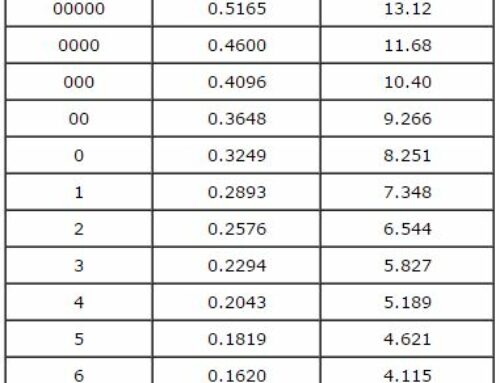This method of testing involves you opening up the unknown silver piece, taking metal shavings from the inside and applying acid directly to them when you suspect that the metal is not exactly the value of silver the non-destructive method suggests. Remember, try limiting destructive testing as much as possible to items that either have little aesthetic value, or it can be easily repaired. And always be sure to ask your customer’s permission before attempting any destructive testing on their valuables.
Tools Needed:
- A jewelry cutter
- A jeweler’s pliers
- A jeweler’s file
- A testing stone
- An optional jeweler’s loupe or other magnification device
- And silver testing acid
Step 1
Take your jewelry cutters to cut through the metal so you have an opening in the piece of unknown silver. This may take several tries to create an opening if the metal is particularly thick or heavy.
Step 2
Once you have a cut all the way through the metal, take your jewelry pliers and pull the metal apart so that you have a gap that is wide enough for you to insert your metal jeweler’s file inside the cut.
Step 3
Set the pliers aside and holding the metal over your testing stone shave away a small amount of metal. Collect the metal shavings from the inside of the silver piece together in a pile on your testing plate so you can test them. Be sure to avoid getting shavings from the outer surface of the metal as much as possible, if there is silver plating on the outer surface these shavings could distort your readings.
Step 4
Place a drop or two of the silver testing acid on the metal shavings on your testing plate and observe the reactions. You may find that using a jeweler’s loupe or other magnification device will make it easier to see the small changes in acid color to read the test results accurately.
- If the item has a silver content of 90 to 100%, the acid will turn a light creamy color. The lighter the cream color is, the higher the silver content.
- If the item has a silver content between 77 and 90%, the acid will turn a gray color.
- If the item has a silver content between 65 and 75%, then the acid will turn a light green color.
- And if the acid turns very strongly green immediately with profuse bubbles, the item is not solid silver.





Leave A Comment